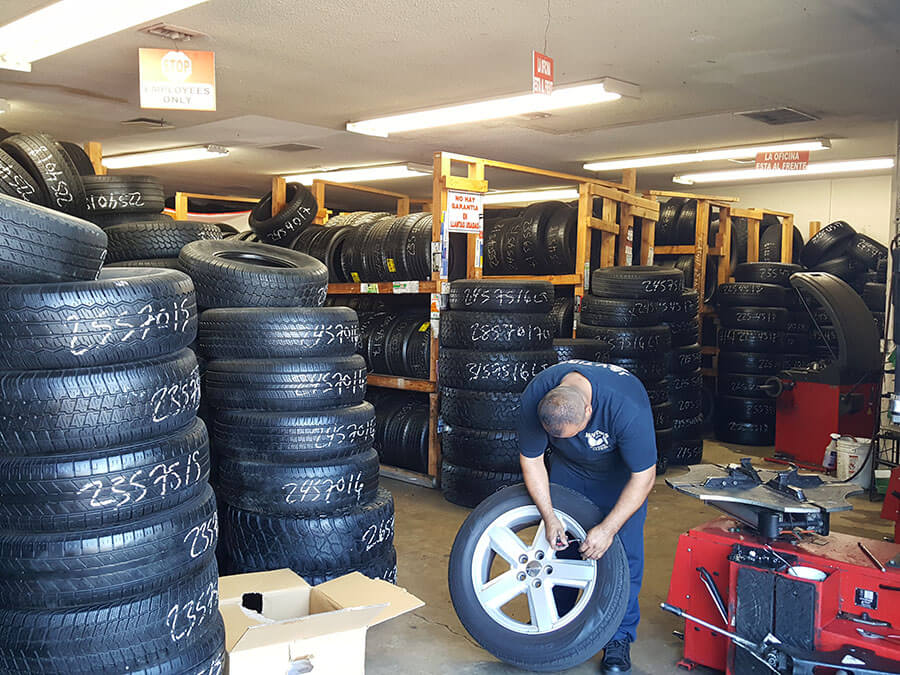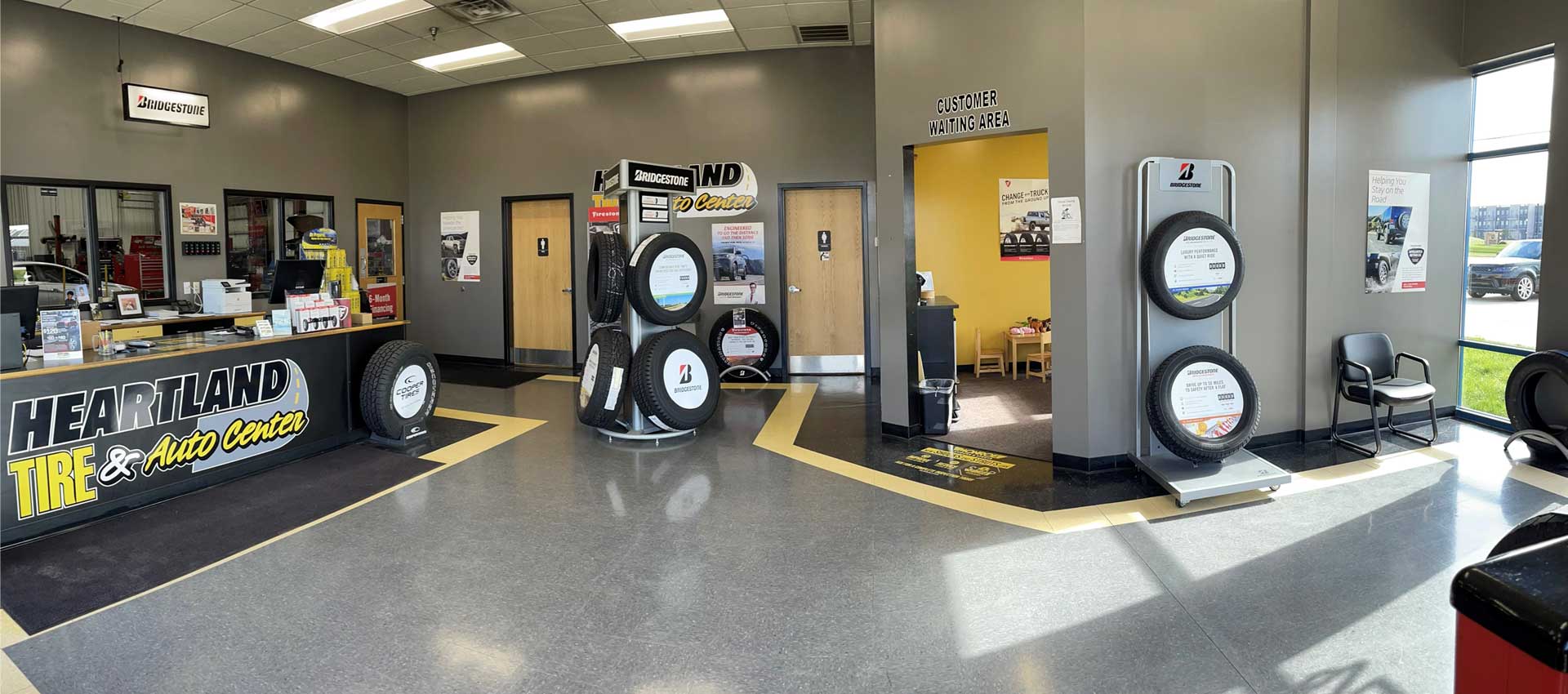Tire Service: The Influence of Climate Problems
When it comes to ensuring optimum performance and security on the roadway, recognizing the influence of weather conditions on tire service is vital. In this discussion, we will certainly check out the intricate relationship in between weather problems and tire solution, losing light on the significance of weather-specific tire maintenance techniques and factors to consider.
Warmth and Tire Efficiency
When subjected to high temperatures, tires experience changes in performance that can dramatically influence automobile safety and handling. The heat created from prolonged driving or hot weather problems creates the tire rubber to soften, leading to minimized step life and raised wear. As the rubber comes to be softer, the tire's grip when traveling diminishes, impacting stopping distances and total grip. In severe cases, too much warm can also create tire blowouts, positioning an extreme safety threat to the vehicle and its passengers.
Additionally, high temperatures can accelerate the process of tire aging, causing the rubber to wear away extra swiftly. To reduce the effects of warmth on tire efficiency, drivers should on a regular basis inspect their tire pressure, rotate tires to make sure even wear, and evaluate for any signs of damages.
Cold Climate Effects
Cold climate problems can have a significant effect on tire efficiency and safety. As temperatures drop, tire rubber can solidify, causing decreased grip on icy or snow-covered roadways. In chilly weather condition, tires may additionally shed atmospheric pressure extra swiftly, which can affect taking care of and gas effectiveness. In addition, cold temperatures can create tire sidewalls to tense, raising the threat of damages from pockets or other roadway dangers.
To minimize the impacts of winter on tires, it is vital to frequently inspect tire pressure and inflate them to the producer's suggested levels. Making use of winter season or all-season tires developed for chilly weather conditions can likewise boost traction and grasp on icy or snowy roads - mopar tire service specials. Correct tire maintenance, including normal examinations for wear and damage, ends up being a lot more critical during cooler months to guarantee ideal efficiency and safety
Rainy Conditions Influence
Throughout rainy problems, tire efficiency and safety and security can be significantly influenced by the wet roadway surface areas and minimized presence. The step pattern of tires plays an important role in preserving traction on wet roadways. Tires with worn-out treads are much more vulnerable to hydroplaning, where a layer of water builds up in between article source the tire and the roadway surface, causing loss of traction. To combat this, vehicle drivers should frequently check their tires for adequate step depth and take into consideration spending in tires especially created for damp problems.

Snow and Tire Safety
Snow-covered roadways position distinct obstacles for motorists, emphasizing the relevance of proper tire choice and maintenance. When driving in snowy conditions, having the best tires can make a substantial difference in safety and efficiency. Wintertime tires are created with special rubber substances and step patterns to provide better grip on snow and ice compared to all-season tires. The deeper treads and sipes of wintertime tires assist grasp the official source road much better, lowering the risk of sliding and gliding.
In addition to utilizing winter season tires, it is essential to guarantee they are properly blown up. Winter can trigger tire stress to go down, influencing grip and handling (mopar tire service specials). Frequently examining and maintaining the right tire pressure is necessary for optimum efficiency in snowy problems

Weather-Related Tire Upkeep
Weather-related tire upkeep encompasses a variety of practices intended at making certain optimum tire feature and longevity in different climate circumstances. One vital element of weather-related tire upkeep is tire stress policy. Examining tire step consistently and replacing tires when step wear reaches a specific deepness is crucial for preserving grip and stability in negative climate.
Conclusion
In conclusion, weather conditions have a considerable influence on tire performance and safety (tire shop morris). From warm impacting tire stress and put on to cold climate lowering traction, it is crucial to consider the weather condition when keeping and using tires.
In this discussion, we will certainly explore the elaborate partnership between climate conditions and tire service, shedding light on the significance of weather-specific tire upkeep techniques and considerations.

Comments on “Save Big with Mopar Tire Service Specials: Ideal Deals and Specialist Care”